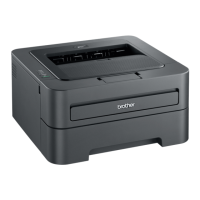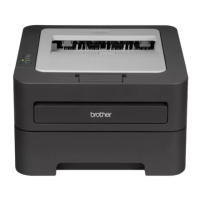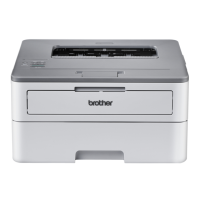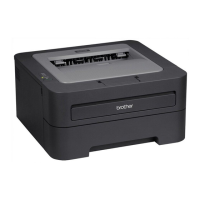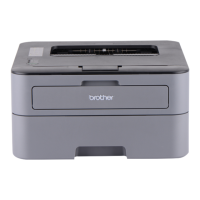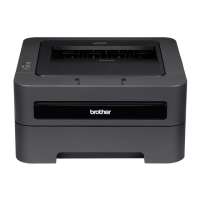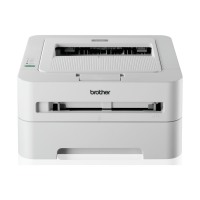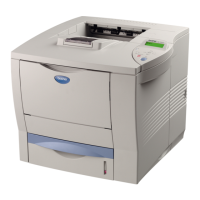| Color | No |
|---|
| N-up printing | 2, 4, 9, 16, 25 |
|---|
| Print technology | Laser |
|---|
| Maximum resolution | 2400 x 600 DPI |
|---|
| Economical printing | Yes |
|---|
| Time to first page (black, normal) | 8.5 s |
|---|
| Print speed (black, normal quality, A4/US Letter) | 27 ppm |
|---|
| Maximum internal memory | - MB |
|---|
| Sound power level (standby) | 31 dB |
|---|
| Sound pressure level (printing) | 53 dB |
|---|
| Total input capacity | 250 sheets |
|---|
| Total output capacity | 100 sheets |
|---|
| Total number of input trays | 1 |
|---|
| Maximum duty cycle | - pages per month |
|---|
| Custom media width | 76.2 - 216 mm |
|---|
| Maximum print size | 216 x 406 mm |
|---|
| Custom media length | 116 - 406.4 mm |
|---|
| Paper tray media types | Bond paper, Plain paper, Recycled paper |
|---|
| Paper tray media weight | 60 - 105 g/m² |
|---|
| Non-ISO print media sizes | Letter |
|---|
| ISO A-series sizes (A0...A9) | A4, A5, A6 |
|---|
| ISO B-series sizes (B0...B9) | B5, B6 |
|---|
| Multi-purpose tray media types | Bond paper, Envelopes, Heavyweight paper, Labels, Plain paper, Recycled paper, Transparencies |
|---|
| Maximum ISO A-series paper size | A4 |
|---|
| Multi-Purpose Tray media weight | 60 - 163 g/m² |
|---|
| Wi-Fi standards | 802.11b, 802.11g |
|---|
| Security algorithms | 128-bit WEP, 64-bit WEP, WPA-PSK, WPA-TKIP, WPA2-PSK |
|---|
| Sustainability certificates | ENERGY STAR |
|---|
| AC input voltage | 220 - 240 V |
|---|
| AC input frequency | 50 - 60 Hz |
|---|
| Power consumption (standby) | 65 W |
|---|
| Power consumption (printing) | 495 W |
|---|
| Power consumption (PowerSave) | 0.9 W |
|---|
| Operating temperature (T-T) | 10 - 32.5 °C |
|---|
| Operating relative humidity (H-H) | 20 - 80 % |
|---|
| Package weight | 8300 g |
|---|
| Standard interfaces | Ethernet, USB 2.0, Wireless LAN |
|---|
| USB 2.0 ports quantity | USB 2.0 ports have a data transmission speed of 480 Mbps, and are backwards compatible with USB 1.1 ports. You can connect all kinds of peripheral devices to them. |
|---|
| Mac operating systems supported | Mac OS X 10.4 Tiger, Mac OS X 10.5 Leopard, Mac OS X 10.6 Snow Leopard, Mac OS X 10.7 Lion |
|---|
| Server operating systems supported | Windows 2000 Advanced Server, Windows 2000 Server, Windows Server 2003, Windows Server 2003 x64, Windows Server 2008, Windows Server 2008 R2, Windows Server 2008 x64 |
|---|
| Windows operating systems supported | Windows 2000, Windows 2000 Professional, Windows 7 Home Premium, Windows 7 Home Premium x64, Windows 7 Professional, Windows 7 Professional x64, Windows 7 Starter, Windows 7 Starter x64, Windows 7 Ultimate, Windows 7 Ultimate x64, Windows Vista Business, Windows Vista Business x64, Windows Vista Home Basic, Windows Vista Home Basic x64, Windows Vista Home Premium, Windows Vista Home Premium x64, Windows Vista Ultimate, Windows Vista Ultimate x64, Windows XP Home, Windows XP Home x64, Windows XP Professional, Windows XP Professional x64 |
|---|









